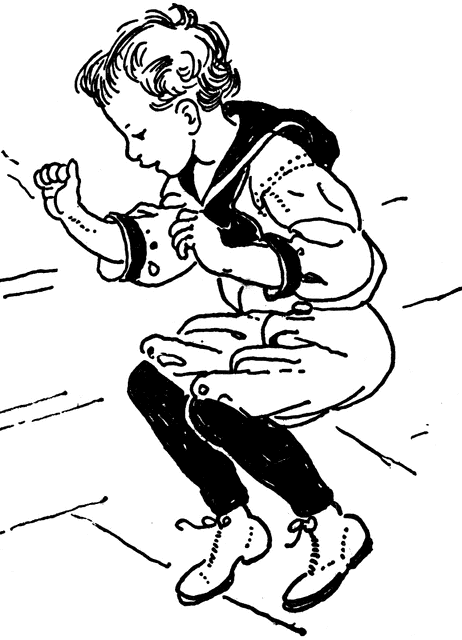

The very commonness of vEAR could mean that we don’t notice until it’s brought to our attention by these noisy GIFs. Maybe we think a sound is real when it isn’t, simply because the sound makes sense. It’s possible that many of us experience vEAR without ever noticing, Fassnidge says. And, as with all forms, some people are more susceptible to the illusion than others, depending on how our brains are wired. Though movement-hearing synesthesia isn’t well-researched, one of their lab’s recent studies suggests that up to 20 percent of people experience vEAR - which is much higher than the 2 to 4 percent number for other forms of synesthesia, says Fassnidge. (His lab is running a survey on vEAR, if you’d like to take part.) Synesthesia is likely what’s happening with the “noisy GIF” phenomenon, which Fassnidge’s lab calls the “visually-evoked auditory response,” or vEAR for short. The two are rarely linked in everyday life, and so his ability is notable for that very reason. Take, for instance, the pianist Nikolai Rimsky-Korsakov, who experienced different musical notes as colors. Because evidence suggests that so-called synesthetic pairings can be learned when we’re small, Fassnidge says, it makes sense that many people can develop synesthesia for very common things. Going through the world, at every moment we are surrounded by movements that are logically associated with sound: we see a ball bouncing, and we expect to hear the bouncing. Zurat said that over the next couple of weeks, the department will "try to get an answer together" and "at least an idea" of what is causing the problem.Up to 20 percent of people could experience this phenomena "How they are ending up on that bridge is really the problem we've got to solve first before we can determine if there's anything we can do or not," he told the television station. they are the mothers to carry the baby deer," she said.Īs the weather begins to warm in the spring, she is also concerned that the bodies lining the ground will start to smell.ĭistrict executive of Pennsylvania Department of Transportation, Tom Zurat, told WJAC they need to determine "where the deer are coming from" before they are able to do anything about the issue. " potentially could have been how many more deer populating. Padasak said she was concerned that all of the dead deer appear to be does, meaning it could affect the deer population, and, as a result, the hunting season. "They're literally jumping to death, and looking at them, it's disturbing," she told WJAC. Big Male Grizzly Bear Is First To Wake Up From Hibernation at YellowstoneĪnother resident, Julie Padasak, is troubled by the sight of the carcasses.Hank the Tank Is Actually Three Bears, None to Be Euthanized, Officials Say.Watch Huge Male Yellowstone Bison Spar on Snow-covered, Foggy Road.However he told the broadcasting service that the Department of Transportation "doesn't see the wisdom" in installing a fence or some nets for the deer. They are also spooked easily, which may play a role in why so many are leaping from the bypass.īoylan told WJAC a barrier on the bypass could easily divert the deer from jumping to their deaths. Cars can confuse deer, especially at night when there are bright headlights. Deer live in meadows and forests, and can sometimes venture out onto nearby roads while in search of food. Pennsylvania has a population of about 1.5 million white-tailed deer. It is the only point the bypass crosses over a populated area, and there is a steep incline below, meaning it proves more dangerous to the deer. The deer are falling to their deaths over one area in particular. One jumps off, and they all leap off," Boylan told WJAC in a broadcast. "They get frightened out on the bypass and panic. Many residents are now urging the Pennsylvania Department of Transportation to do something about it. 219 bypass in Johnsonburg, Elk County, WJAC reported, and rotting carcasses continue to line the ground below.

Deer keep on jumping to their deaths from a bypass in Pennsylvania, with one resident calling the scenes "disturbing."Ī total of 25 deer have jumped from the U.S.


 0 kommentar(er)
0 kommentar(er)
